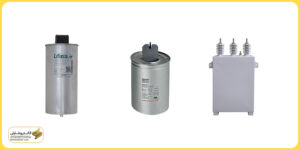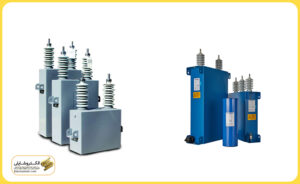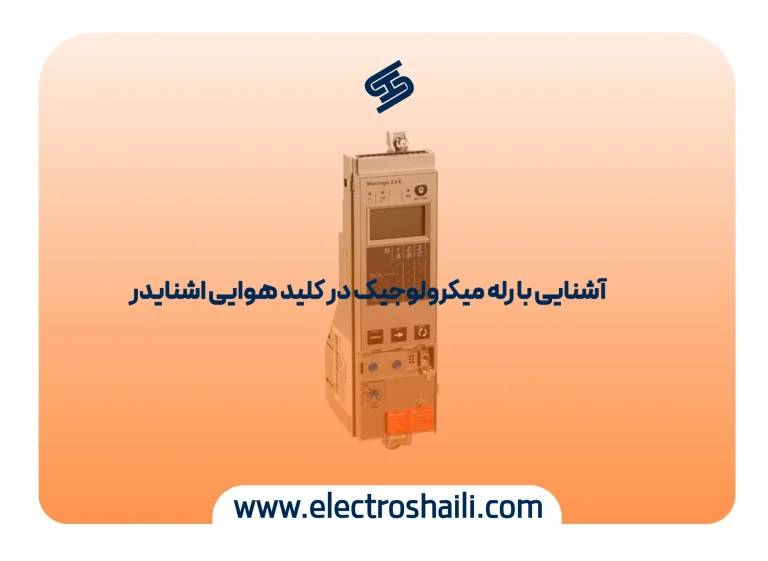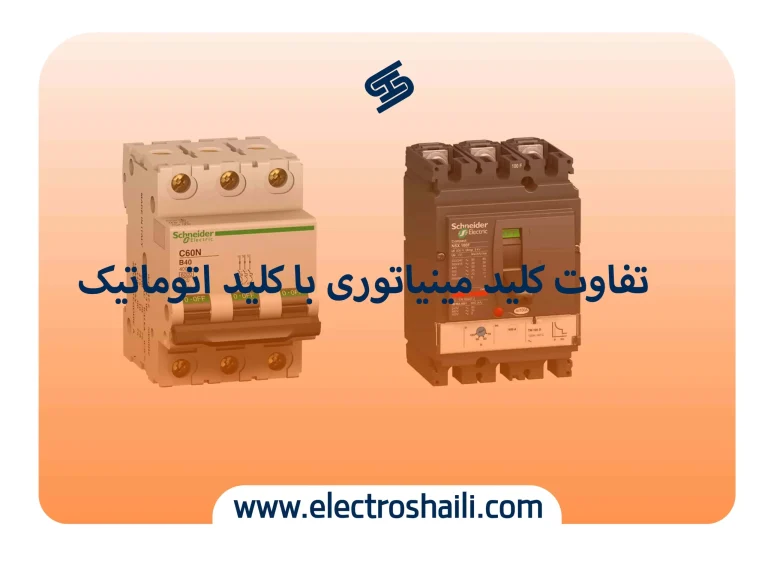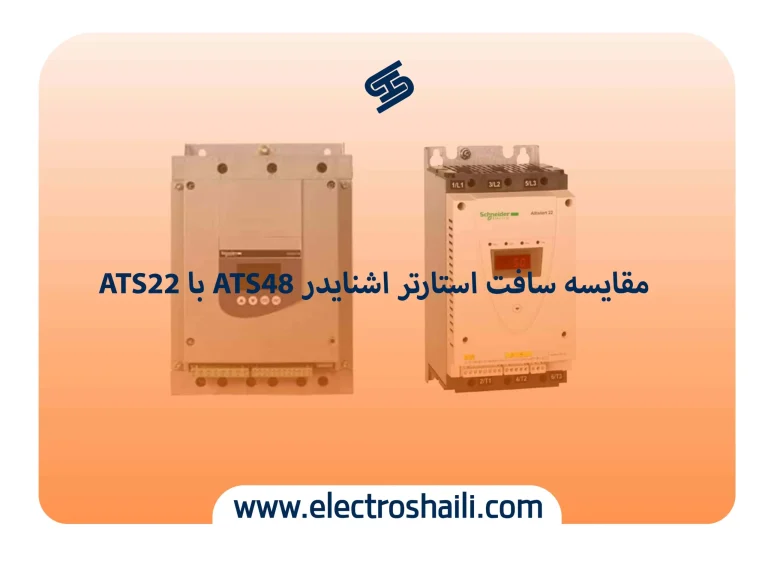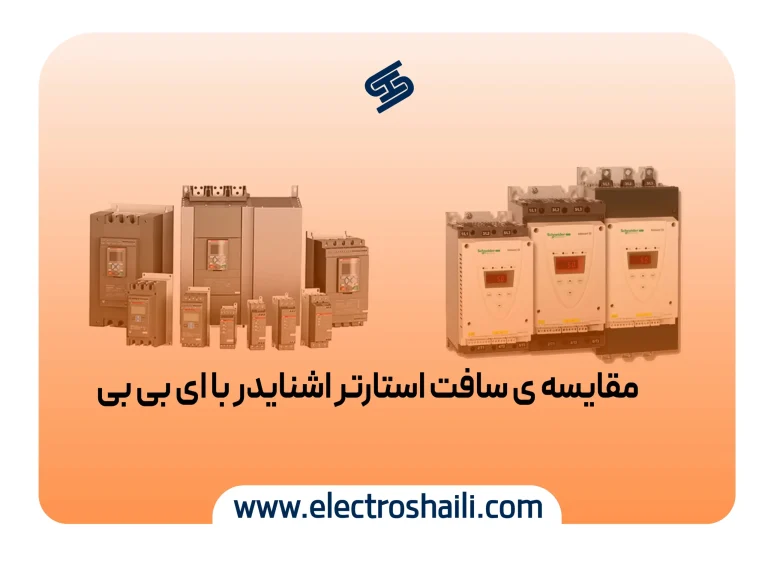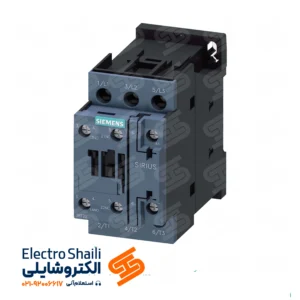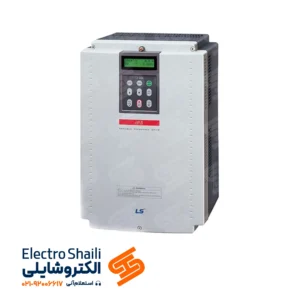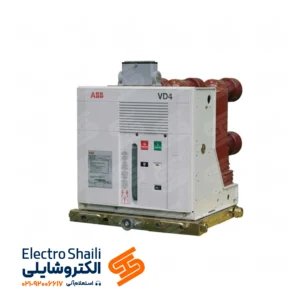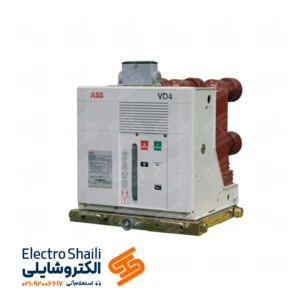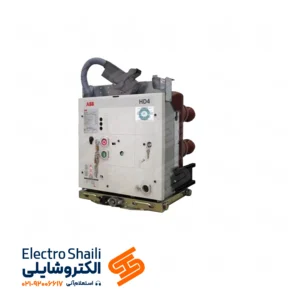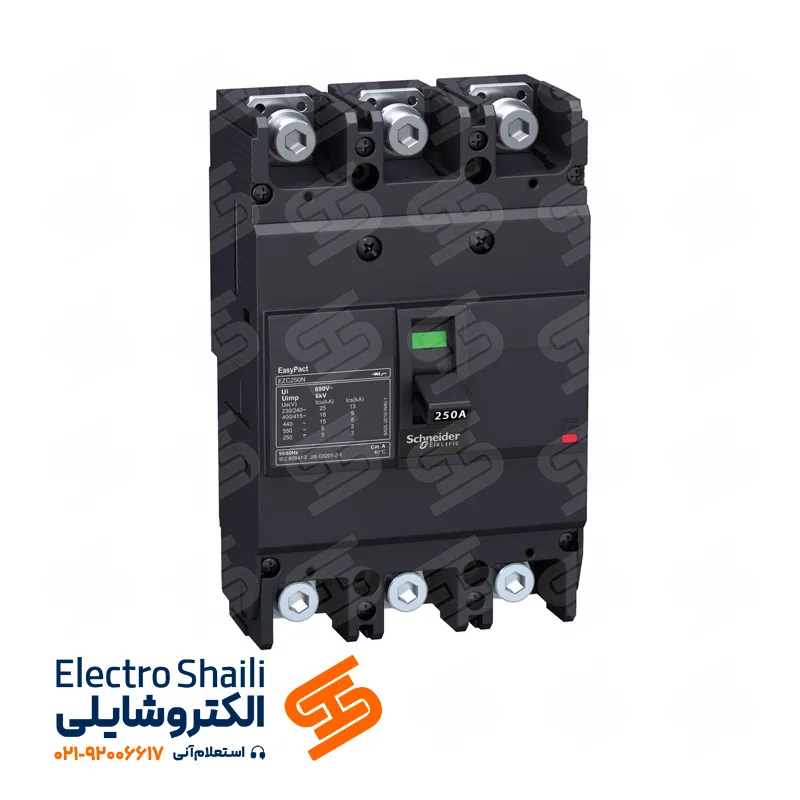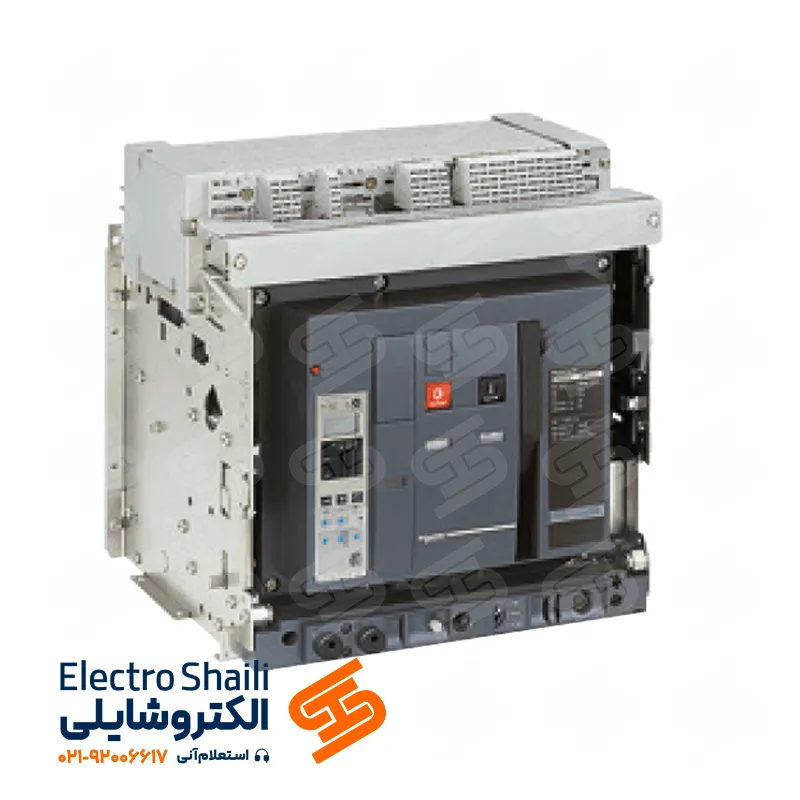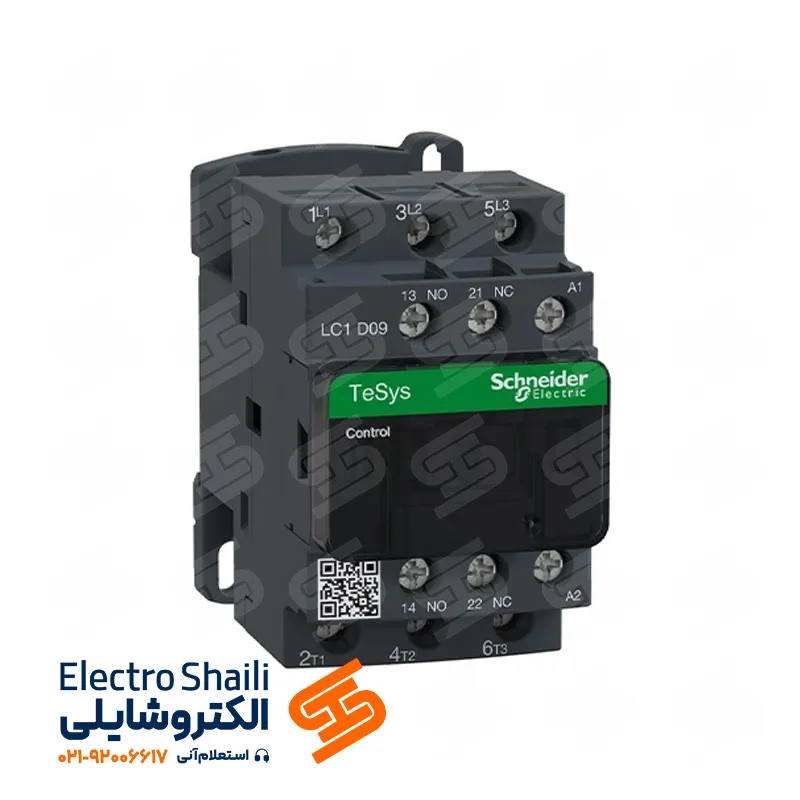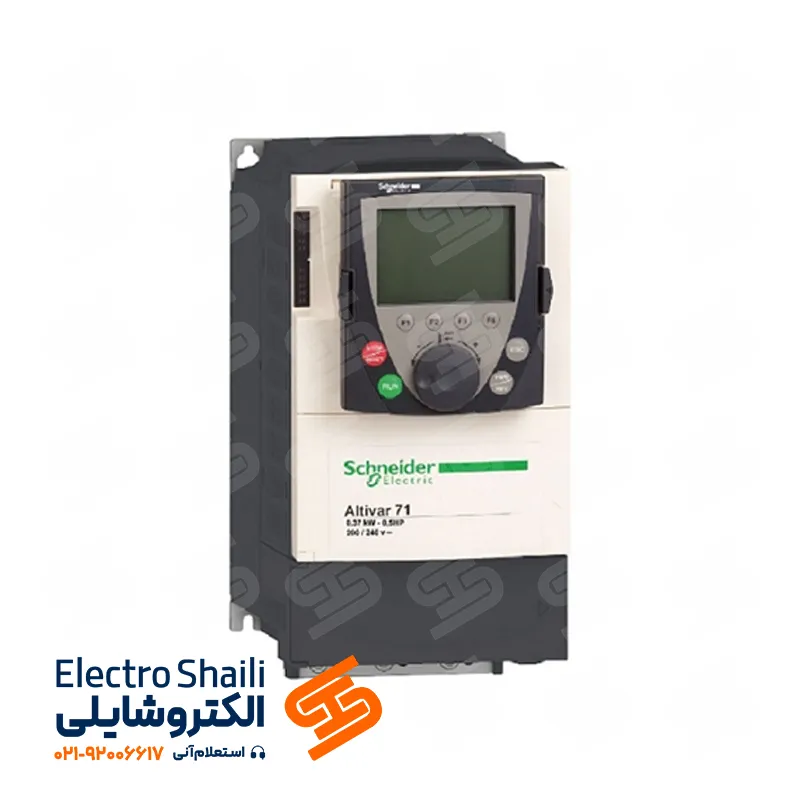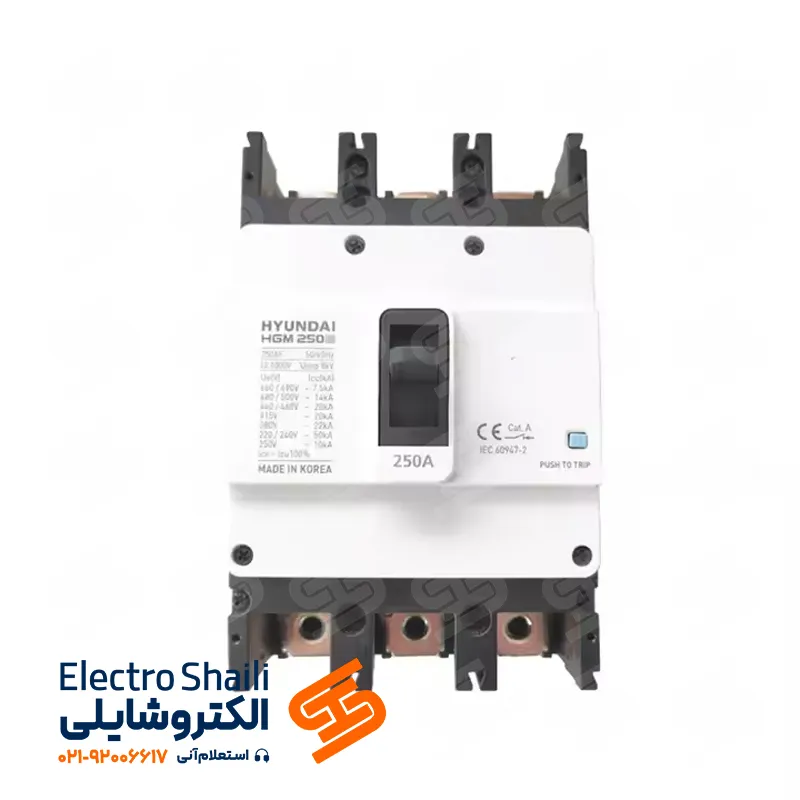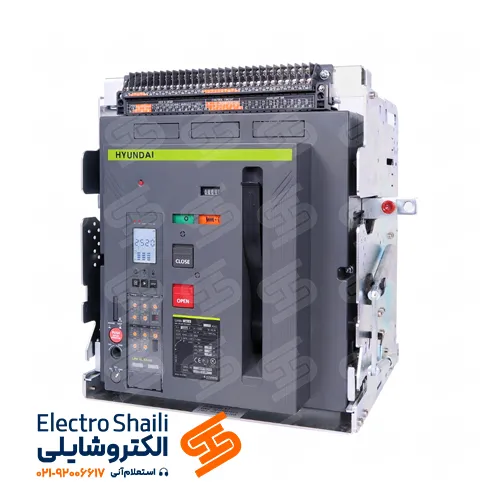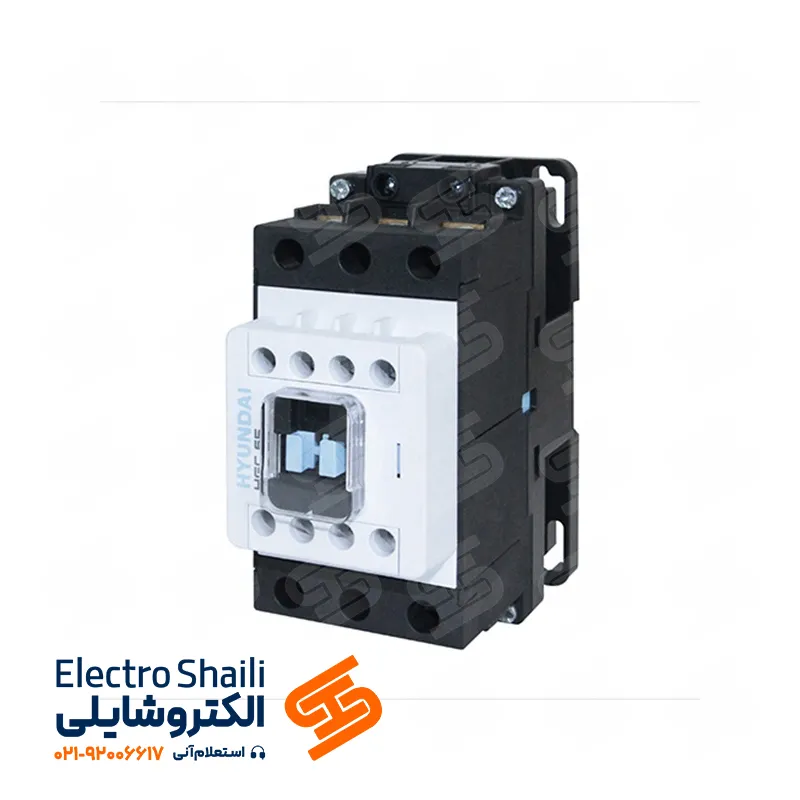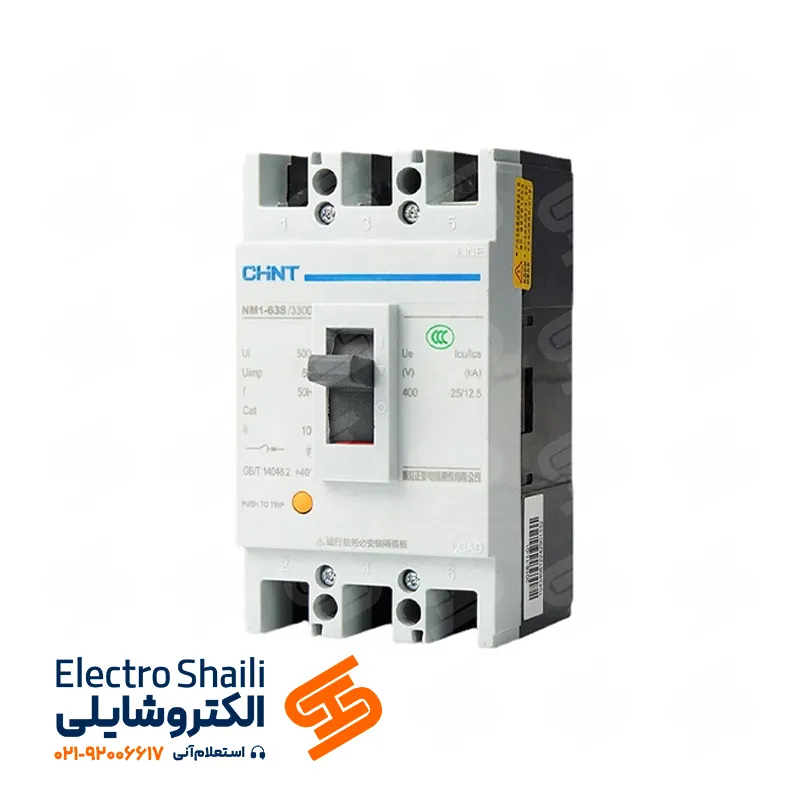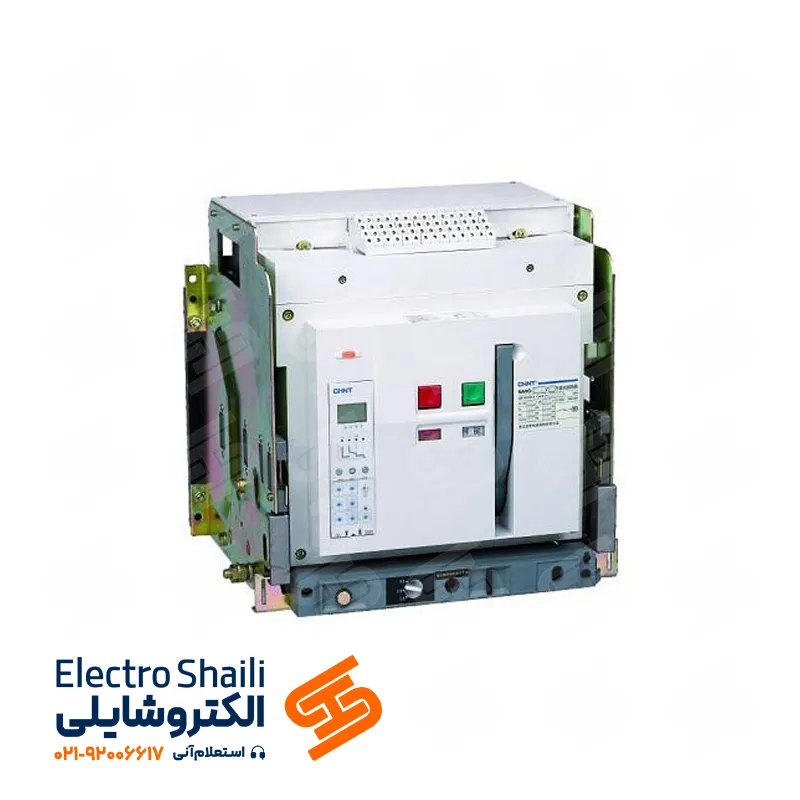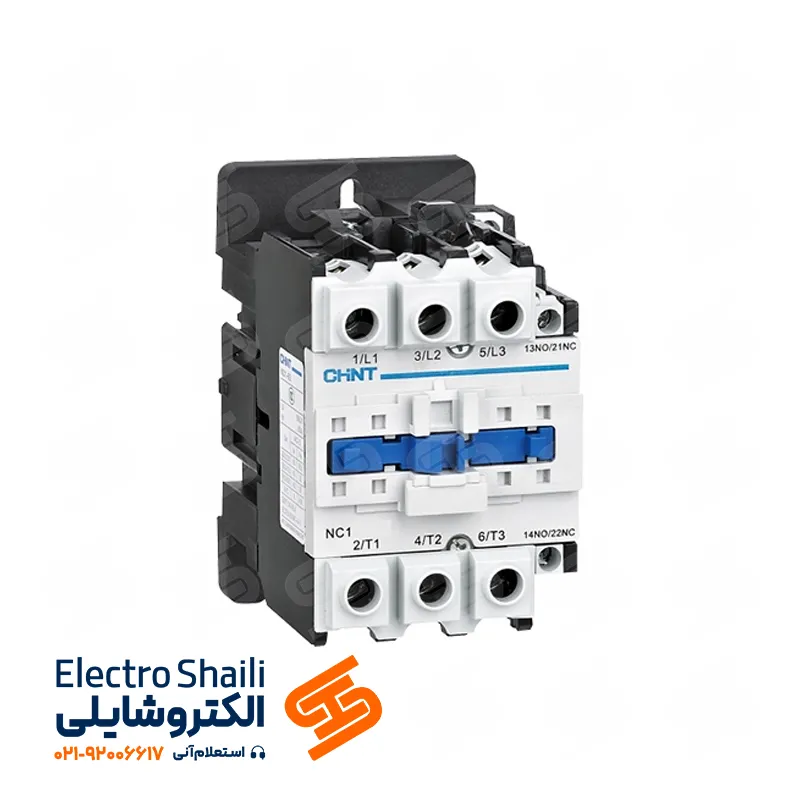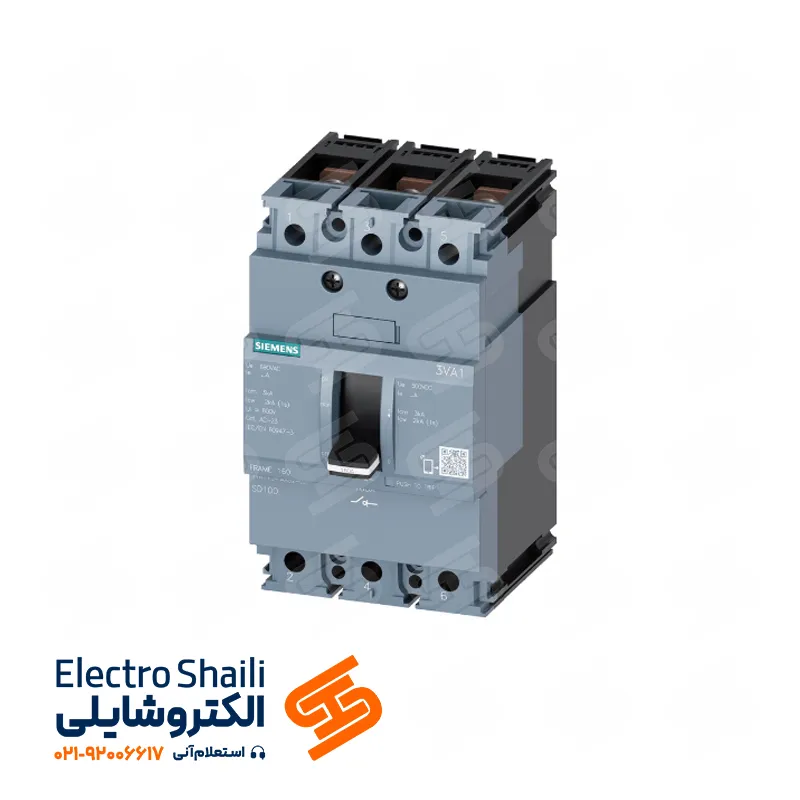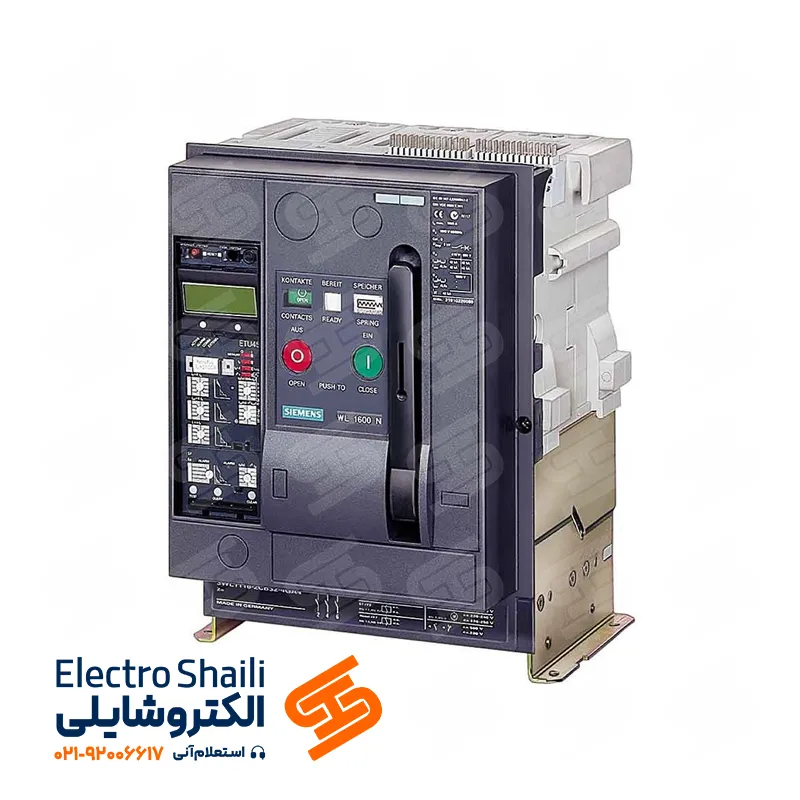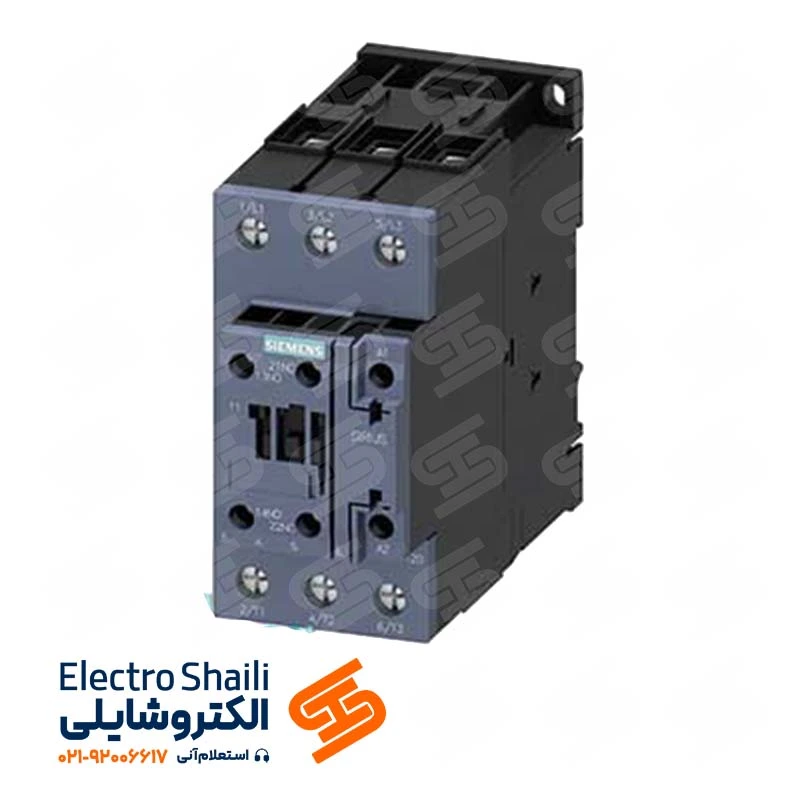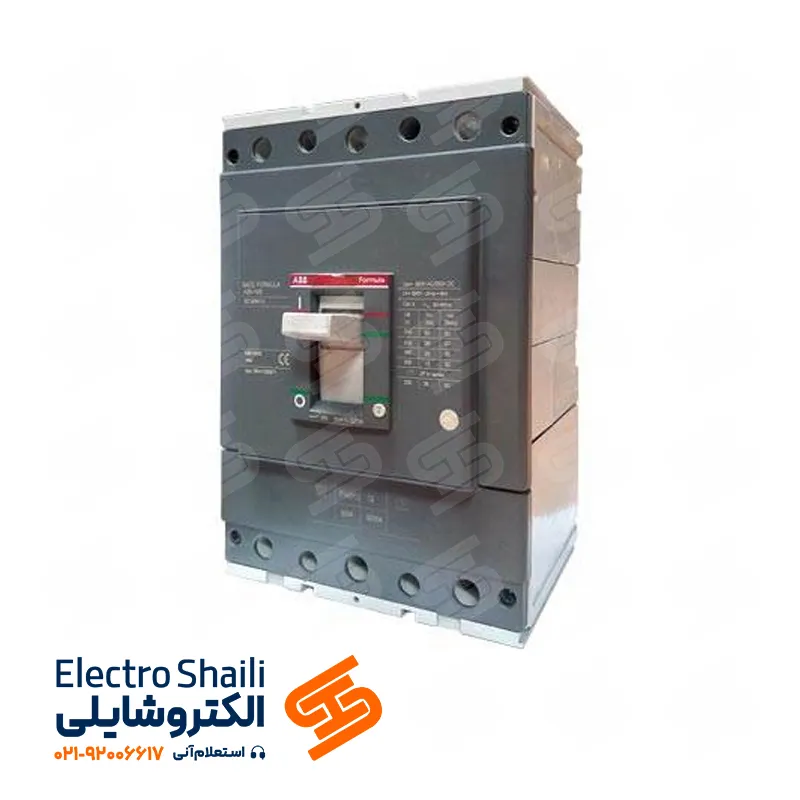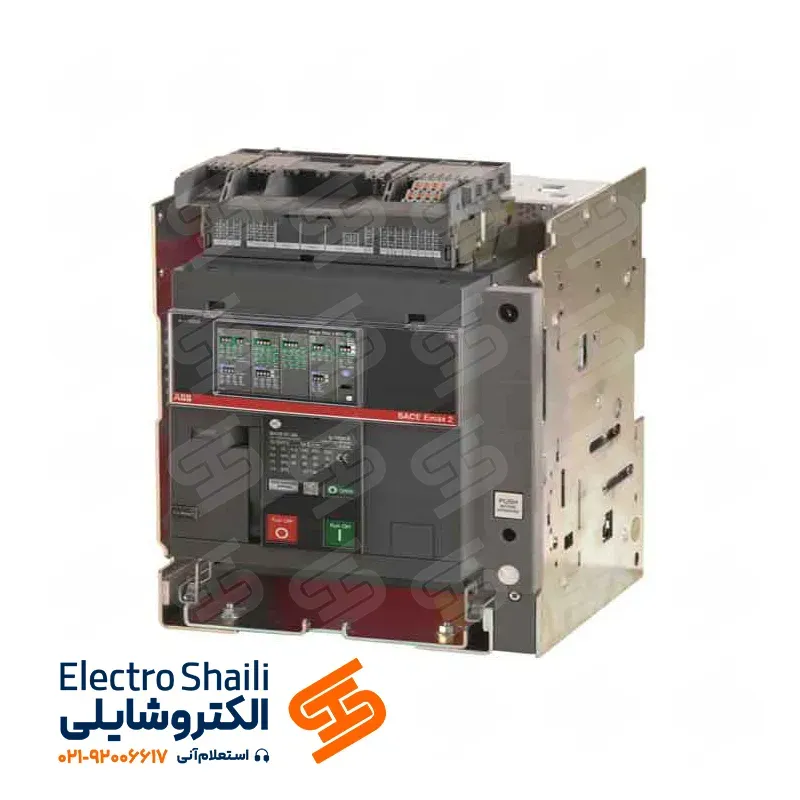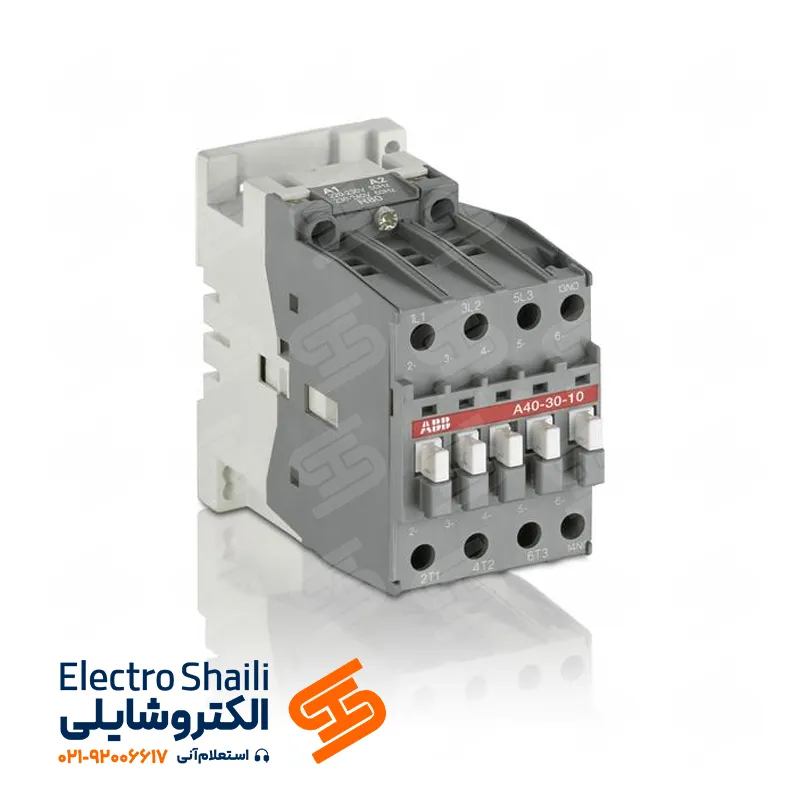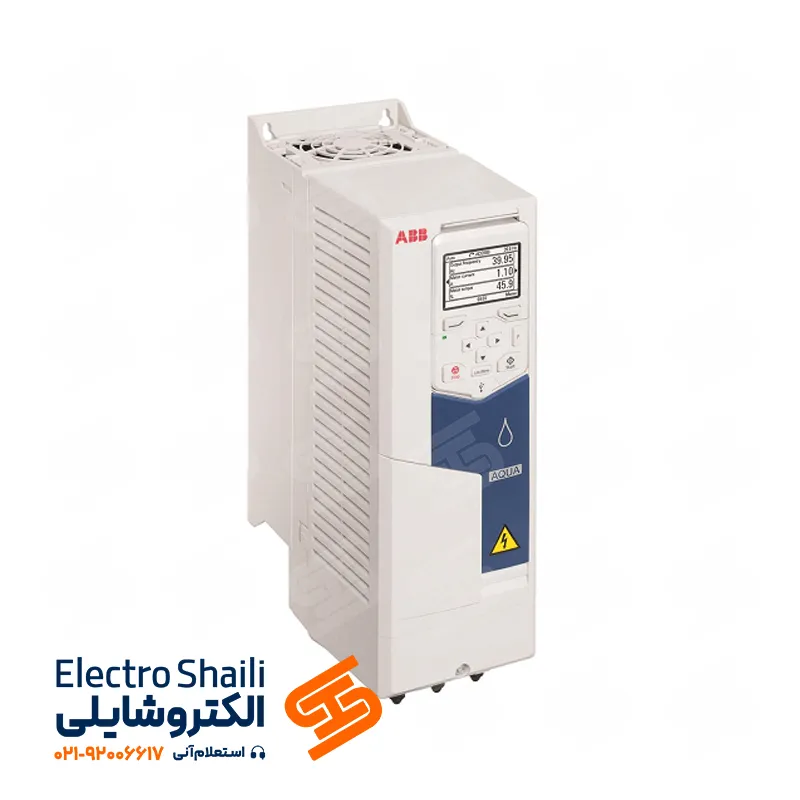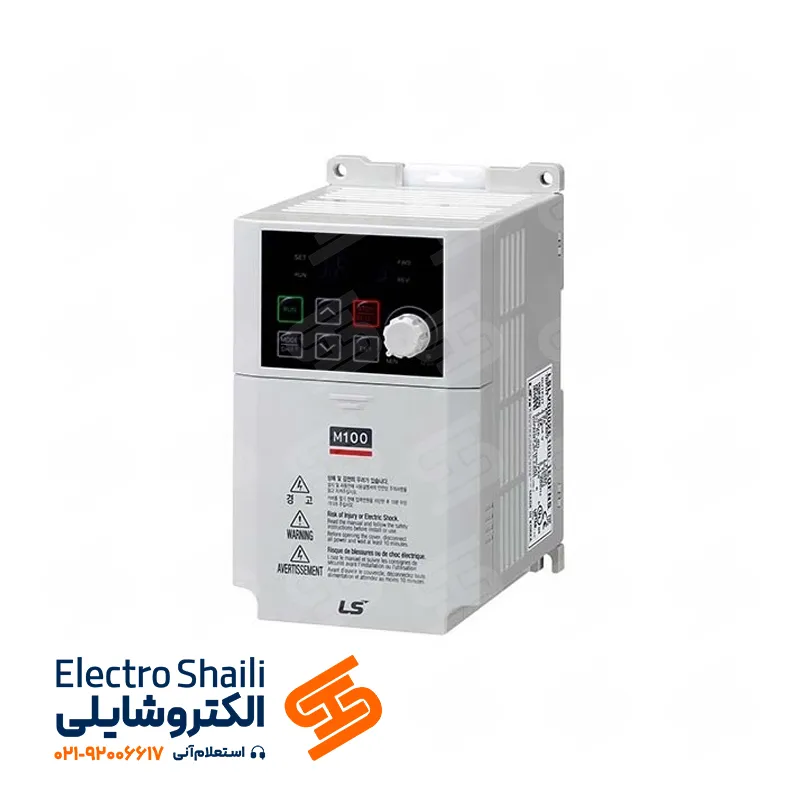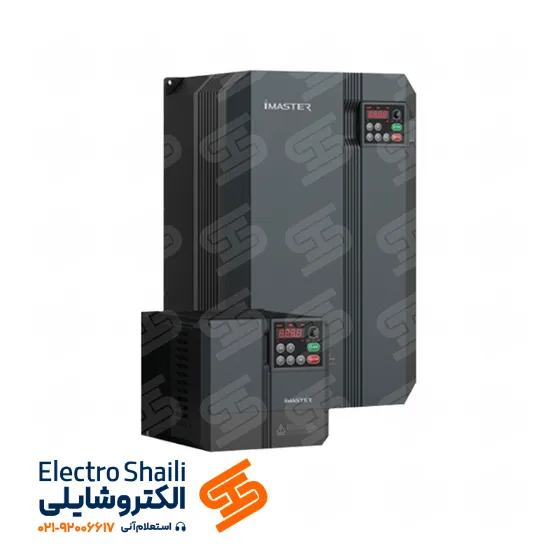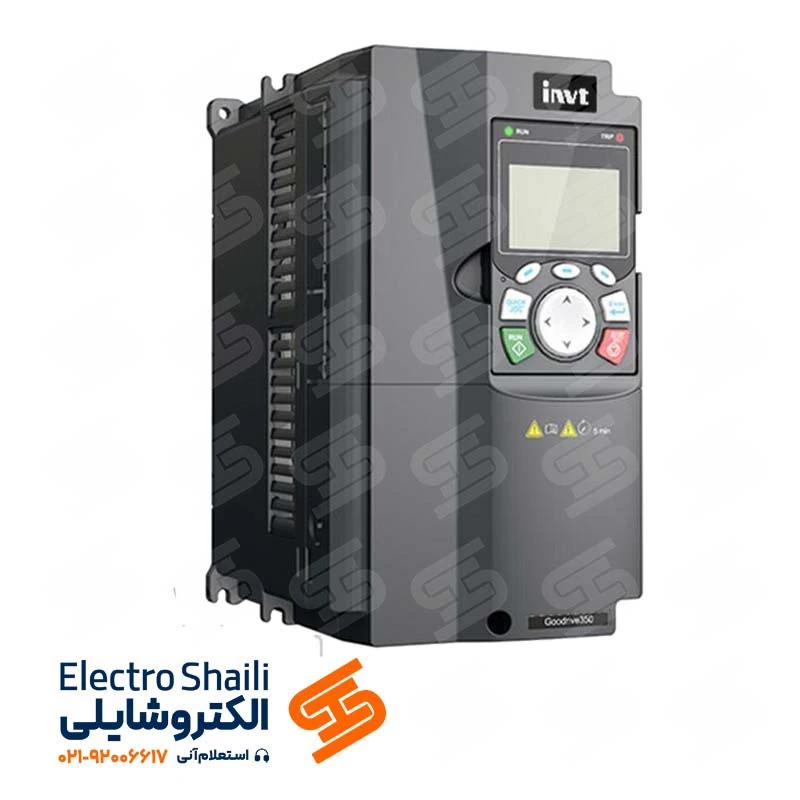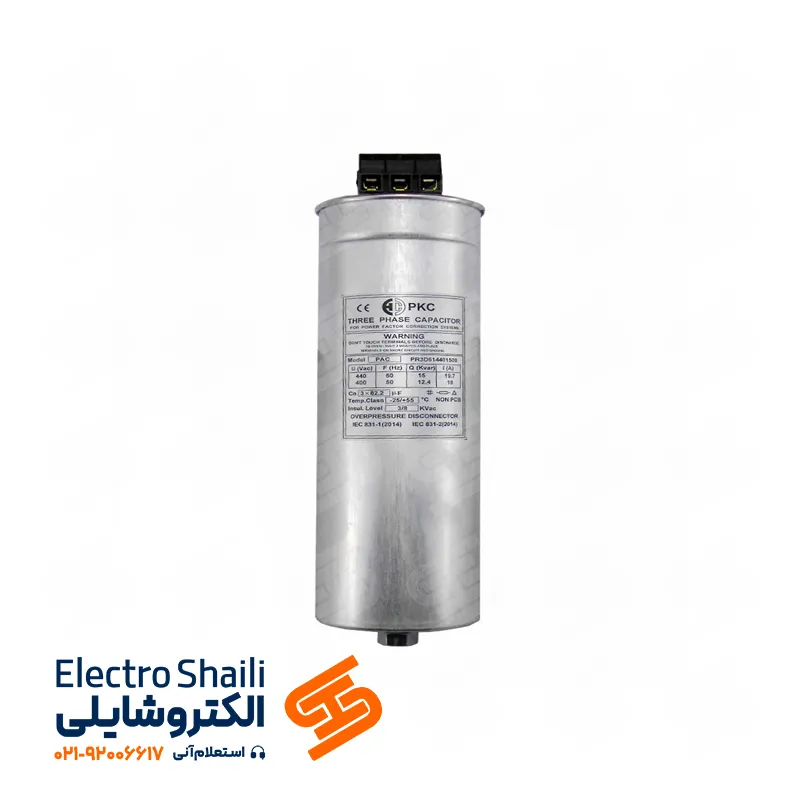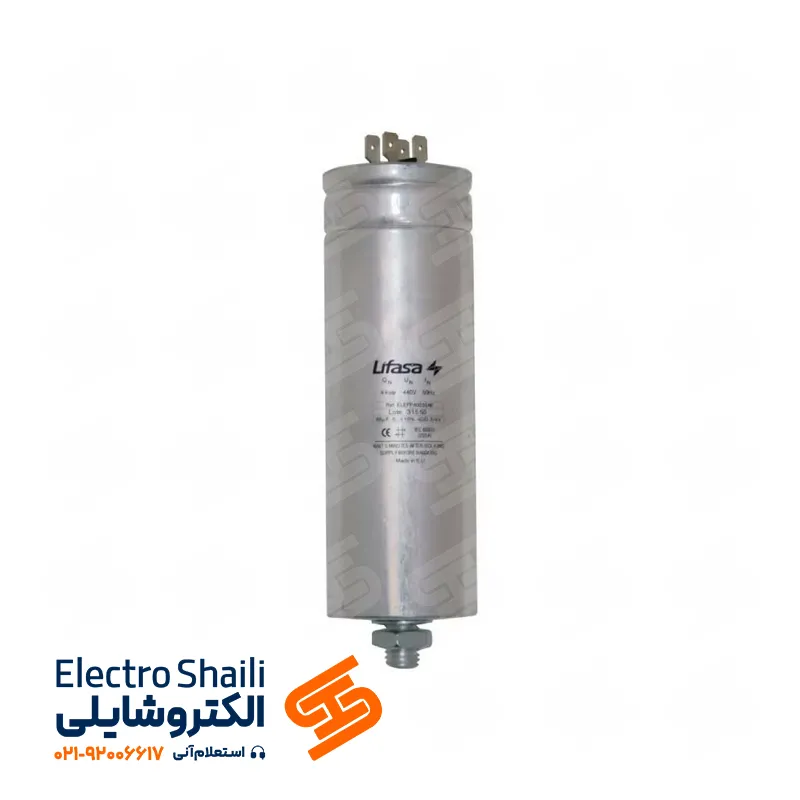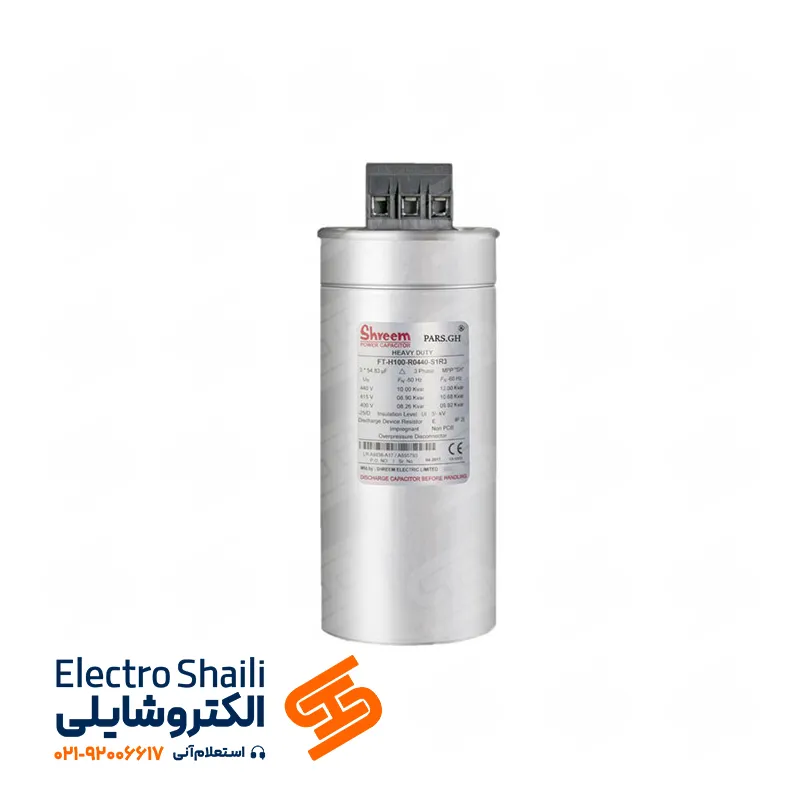Introduction to Medium Voltage Capacitor and Its Applications
A medium voltage capacitor is a type of electrical capacitor used for specific applications in medium voltage power systems. These capacitors are used in the medium electrical energy level (usually in the range of 2.4 kilovolts to 52 kilovolts) and are utilized in power distribution networks and power systems.
The structure of medium voltage capacitors consists of two electrodes (a positive electrode and a negative electrode) separated by an electrically insulating material called a dielectric. This dielectric is usually made of high-quality electrically insulating materials such as ceramics or polypropylene. The electrodes and dielectric are arranged in a pressurized enclosure, creating a gas-containing filter.
The applications of medium voltage capacitors are quite extensive. These capacitors are used as part of protective and regulatory equipment in power distribution networks. They can be employed in situations where there is a need to provide additional capacitance to optimize the phases of electric currents, regulate voltages, and balance phases. Additionally, medium voltage capacitors may be used as regulatory elements in equipment such as transformers, motors, and industrial electrical systems.
Therefore, familiarity with medium voltage capacitors is of great importance and can contribute to improving the performance and efficiency of electrical systems.
Introduction to Capacitors and Their Applications
In the electrical world, the concept of capacitors for power factor correction encounters various definitions. You have probably come across multiple explanations of capacitors in different articles. In general, a capacitor is defined as a structure designed to store electrical energy. These components can store electric charge and utilize it to create a stable and uniform electric field.
The main structure of capacitors consists of two conductive plates separated by materials such as air or various insulators like plastics, ceramics, paper, etc. This diversity in capacitor materials allows them to be used in various electrical and electronic devices, playing a significant role in storing and transferring electrical energy.
With a deeper understanding of the types and applications of capacitors, you can help improve the performance of devices and electrical systems and benefit from this vital technology in everyday life.
Types of Capacitors: A Comprehensive Guide
In the flagship world of technology, capacitors are divided into various types. This classification is based on their physical, functional, and structural characteristics. Therefore, it is essential to be familiar with different categories for a better understanding of capacitors.
Classification based on physical appearance:
In this pattern, capacitors are divided into different categories based on their shape and appearance. This includes various types of cylindrical, rectangular, and other geometrically shaped capacitors.
Classification based on functionality:
Capacitors are also categorized based on their functionality and applications. This includes all-purpose capacitors, compensatory capacitors, and filter capacitors.
Classification based on structure:
According to internal structure, capacitors are primarily divided into two categories: low-voltage capacitors (LV) and medium-voltage capacitors (MV). This classification is based on the voltage level of capacitors.
With a precise understanding of the various types of capacitors, you can effectively utilize these essential components in the fields of electronics and electricity.
Next, we will delve further into the medium voltage capacitor.
What Are Medium Voltage Capacitors?
Medium voltage capacitors are used in medium power networks as a tool for power factor correction and harmonic reduction. These components are made up of a number of capacitor elements connected in series and parallel to achieve the desired voltage level.
A bank of medium voltage capacitors utilizes these elements, where series and parallel connections with strong and automatic pressure are employed. These capacitors are available in two types: three-phase with a nominal voltage of 12 kilovolts (CHV-T) and single-phase with a nominal voltage of 20 kilovolts (CHV-M).
The use of medium voltage capacitors in power networks helps improve power quality and reduce side effects caused by harmonics. These devices come with various features and are available in the market to meet different voltage requirements.
Prominent Features of Medium Voltage Capacitors and Their Applications
One interesting aspect of medium voltage capacitors is the stainless steel body construction. This material provides resistance against corrosion and environmental damage, making it suitable for structural use inside and outside devices.
Medium voltage capacitors are custom-designed based on the specific needs of buyers. These capacitors are offered in two categories: three-phase with a voltage of 12 kilovolts and single-phase with a voltage of 20 kilovolts. Prominent features of these components include:
Installation in enclosed and open spaces:
These capacitors, with their unique designs, allow installation in various locations, including enclosed and open spaces.
Stable performance in a wide temperature range:
Medium voltage capacitors exhibit stable performance in various temperature conditions, ensuring optimal operation.
Equipped with pressure sensors:
These capacitors, with pressure sensors, enable better monitoring and control of their performance.
Internal fuse equipped:
The elements of medium voltage capacitors are equipped with internal fuses. In case of damage, the fuse acts to protect and disconnect the faulty capacitor element.
Application in power factor correction:
Three-phase medium voltage capacitors are used as reactive power compensators in inductive loads, helping provide the required power to the coil and improve the power factor.
Unique Structure of Medium Voltage Capacitors and Technological Advancements
The structure of medium voltage capacitors is based on electrodes made of aluminum foil. In terms of connection, three-phase medium voltage capacitors have star connections, while single-phase capacitors have direct connections. These capacitors also feature a stainless steel body, enhancing resistance to corrosion and environmental effects. Their installation contributes to reducing environmental impact and air pollution.
Advanced Technology in Medium Voltage Capacitor Construction
With remarkable advances in technology, the construction technology of capacitors has also improved. The use of thin plastic films as electrical insulation has brought significant transformations to this field. These thin films with low thickness reduce material consumption, volume, weight, and capacitor prices.
The “All-Film” technology, consisting of polypropylene-impregnated films, is recognized as an effective adaptation of these advancements. The electrodes of these capacitors have aluminum foil, leading to reduced losses.
Protective Fuses in Capacitors
Medium voltage fuses are used to protect equipment against short circuits and heat. These fuses are employed in various devices, including switches, control devices, capacitors, transformers, etc. Different types of these fuses exist, and in medium voltage capacitors, internal fuses are located within the capacitor bank boxes. These fuses, with metallized film technology and self-healing capabilities, contribute to improving performance and reducing capacitor bank losses.
Conclusion
The use of capacitors in various aspects of life allows us to carefully choose the appropriate capacitor for each situation and location, benefiting from its optimal use. This valuable experience with capacitors helps reduce system losses, improve network power factor, and reduce the reactive component of circuit currents.
In this article, we defined and examined the features and applications of medium voltage capacitors to help you make the most of them in suitable situations. Familiarity with various types of capacitors and their features allows you, as a smart consumer, to experience greater efficiency and effectiveness in using these electrical components for your needs.



